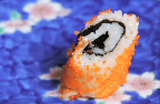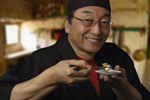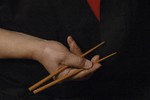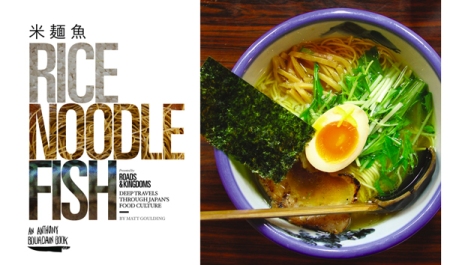 One of the joys I have these days is the occasional contact from some of my students from my old job that choose to stay in touch with me. Not only is it a pleasure to see these fine people as they progress through life, but it makes me think that I just may have done a few things right in my old position.
One of the joys I have these days is the occasional contact from some of my students from my old job that choose to stay in touch with me. Not only is it a pleasure to see these fine people as they progress through life, but it makes me think that I just may have done a few things right in my old position.
Sometimes it’s fielding Facebook posts from Sarah on her career as one of the finest wedding photographers in New England. Once and a while I’ll get a very entertaining Twitter from Regan’s son, Mason…or perhaps a spirited comment here from her mom. Sweet Emma will chime in on FB, from time-to-time, with news of weird weather patterns, and even weirder wildlife from “the land down-under.” True to form, Isaac may suddenly show up out of nowhere to “kidnap” me to go see a movie, or like his last contact: a phone call to announce the birth of his son!
A couple of weeks ago, Regan sent me a link to an article on okonomiyaki (the comfort food that Yoshio has published a book about, and where this blog gets its name) that she thought I would like…and she hit the proverbial nail on the head! The story was about everything I try to write about in the blog: making good Japanese food in the most authentic way possible, while trying to explore Japanese culture as best a Westerner may. 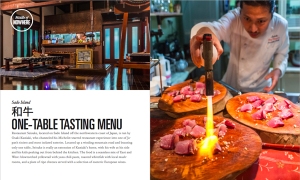
The story was about a Guatemalan chef who emigrates to Hiroshima to make okonomiyaki…something almost unheard of, as the Japanese can be wary of gaijin (foreigners) and almost never would accept a gaijin cooking what is considered to be Japans’ most hallowed comfort food! The first thing I noticed was the article was very well written: a story/tapestry of history, Japanese food, travel, cooking techniques, the pursuit of excellence, all wound around a personal story of daring and success! Needless to say, I loved the article, but towards the end of it, I had one of those, “Hey! Wait a minute!” feelings.
Back up to a week and a half before. I’m at my local library, checking out films and asking for help with research on a piece I’m working on. I’m striding to the checkout desk with my usual brisk pace, when a book practically leaps out from the shelf at me!
This has happened a few times in my life, and it always has served me well to follow the instinct: one time, it was a rare book from a former teacher of mine that did the “leaping” and I still cherish that book to this day. So, whenever this happens, I just roll with it.
The leaping book was “Rice Noodle Fish” (Deep Travels Through Japan’s Food Culture) by Matt Goulding. “RNF” is published through Roads and Kingdoms (an independent journal of food, politics, travel, and culture.) The book seems to be strongly attached to Anthony Bourdain, who I gather is some sort of celebrity chef of some sort. I could not be less impressed by this part of it, but if this attachment got the book published… fine, but the writing (and some of the photography) is Matt’s.
My “Waitaminute!” moment was one of perfect synchronicity: Regan’s article to me was from a part of “Rice Noodle Fish” that I hadn’t gotten to read just yet. 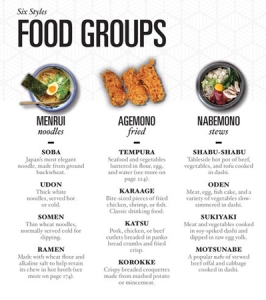 Whenever I pick up a new book, I look to the dedication. To my mind this sets the tone of the book, and Matt Goulding has nailed the right tone (and my interest and trust) with his:
Whenever I pick up a new book, I look to the dedication. To my mind this sets the tone of the book, and Matt Goulding has nailed the right tone (and my interest and trust) with his:
“To the shokunin (artisans) of Japan, pursuers of perfection, for showing us the true meaning of devotion.”
With this measure of respect, one can continue, and the rest of the book is just pure fun: it is part travelogue (Matt divides the book into the separate regions of Japan); part etiquette book; and part history book. But the main focus is on the variety of the people and food of Japan. Best of all (for us) Matt’s perspective is from a Westerner, but one who is thoroughly open to Japan’s people and food. Like most of us, Matt freely admits he will never completely understand the myriad of subtleties of Japanese culture, but offers a handful of guidelines, tips, directions, and even some language, to smooth the road for the open adventurer who is looking for a taste of the unfamiliar.
Roads and Kingdoms have made portions of the book available online. It also offers some tips for those traveling to Japan: roadsandkingdoms.com/japan
[Much thanks to the Randall Library of Stow, Ma. for having stocked such wonderful leaping books and for my extension on my loan to complete my article.]




















